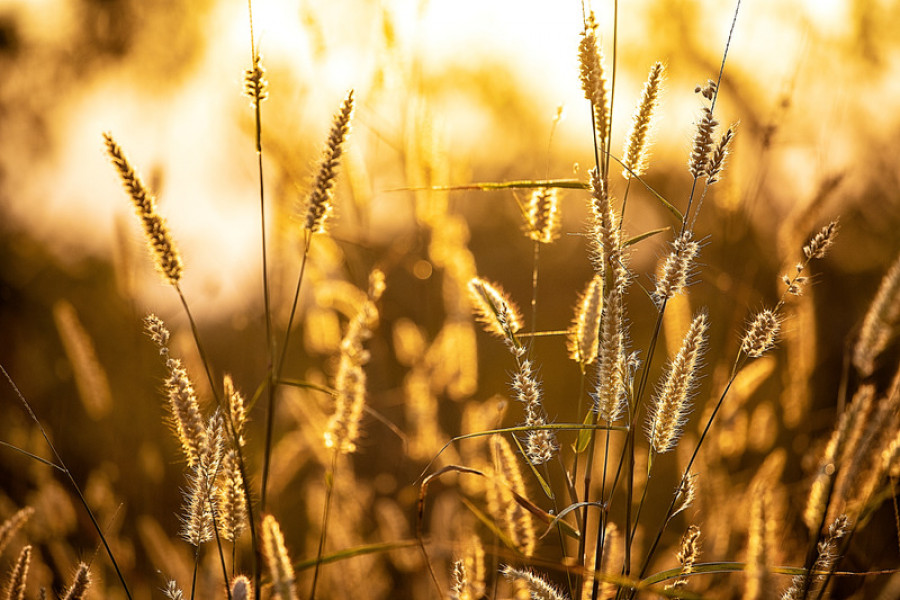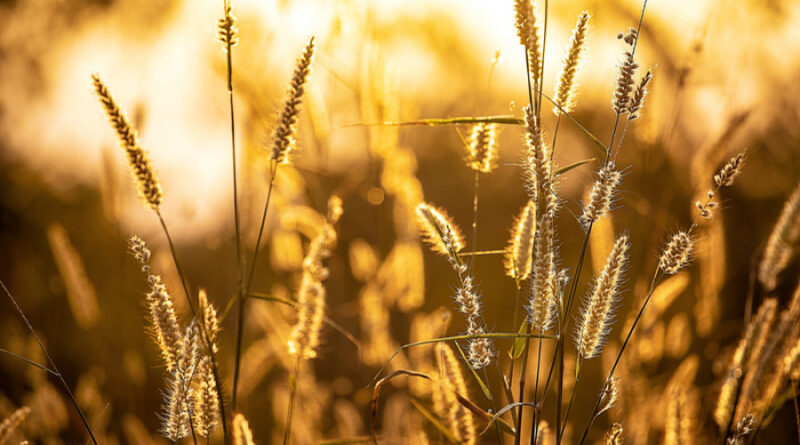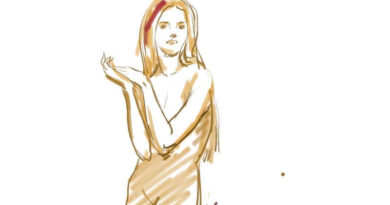Understanding Aperture and Depth of Field

If you have been looking into photography guides or tutorials, you likely know that photography is majorly all about light. Of course, there are other elements you need to consider, such as framing, composition, etc., but light takes center stage when it comes to photography.
While this is quite straightforward, you need to understand how your camera records light and how you can control it. And this is where things get a little bit confusing, especially for a beginner photographer.
When it comes to light, there are three camera functions that control it- ISO, aperture, and shutter speed.
To briefly explain these, we can say that:
ISO controls your camera’s sensor sensitivity to light
Aperture controls the light passing through the lens
Shutter speed controls the time a sensor is exposed to light.
In addition to their basic function, here is how each of these settings controls the creative element of your photographs:
ISO controls digital noise and light sensitivity in an image
Aperture controls the ‘amount’ of image that’s sharp/clear
Shutter speed controls whether the object or moving object is blurred or frozen
All these elements determine the clarity of an image. However, we will focus on the aperture and its relationship with the depth of field.
Let’s get started…
What Is Aperture?

Canon 450D, f5, 1/125
This can be defined as opening in a lens that allows light into the camera. Think of it like the pupil of your eye because it expands and contracts to control the amount of light entering your camera.
In other words, the same way a pupil contract to restrict the amount of light entering your eyes when you walk to a bright area, you should reduce the size of the aperture to limit the amount of light entering your camera through the lens. The opposite applies.
You control the size of the aperture using a diaphragm located in your lens. The size of the hole created by a diaphragm is expressed in f-stops. It is important to mention that the smaller numbers of f-stops signify a larger opening and vice versa. In other words, the smaller the f-stop, the larger the opening.
What Is Depth of Field?
Now that you understand what aperture is let’s talk about depth of field – an element controlled by aperture.

Nikon D600, f2.8, 1/3200
In simple terms, the depth of field is the area in which the image is sharp and clear. A shallow depth of field displays a smaller area of focus. This means the other areas are blurred out, which enables the eye to retain focus on the targeted subject.
In the same way, you can have both the front and the back of the image blurred out at the same time or the front blurred out, and the background focused. In other words, the depth of field adds interest to a shot to give it more impact.
How to Control Depth of Field- Relationship between Aperture and Depth of Field
Different elements are involved when it comes to controlling the depth of field; however, the size of the aperture is the giant in the room.
To explain the relationship between these two aspects of photography in summarized form, we can say that the larger the aperture, the smaller the depth of field. (Keep in mind that larger aperture opening denotes smaller f-number. On the other hand, the smaller the aperture opening, the larger the depth of field.
How to Use the Aperture to Get the Best Shots
As a beginner, you may be tempted to err on the larger aperture figures of your lens to minimize the depth of field or use small aperture figures to get a larger depth of view, but this is not recommended.
This is because your lens will most likely not produce the best results when used at maximum or minimum apertures. Your focus subjects might appear sharper when shooting at minimum or maximum aperture because of the comparison between the blurred out area and your focus, but they may not be as sharp as they should be.
The sharpness of your image is determined by the lens’s sweet spot. By sweet spot, it means the aperture of your lens that produces the sharpest image.
Each lens has a different sweet spot, and thus, you might need to calculate the sharpest aperture of your lens, but this is a different topic we will discuss another time.
However, remember to avoid extremes of the aperture as even a one-stop can bring a huge difference in the sharpness of your focus subject.
Bottom Line
If you keep in mind the small details about the aperture and depth of field we have discussed in this article, you should not have a problem taking a sharp shot.
Manipulating the depth of field will help you modify the features of your photo, however manipulating the aperture will not affect the composition of your photo in a significant way.
To know the right aperture settings and the right depth of field to use, experiment using different distances. With time, you will become a pro.










